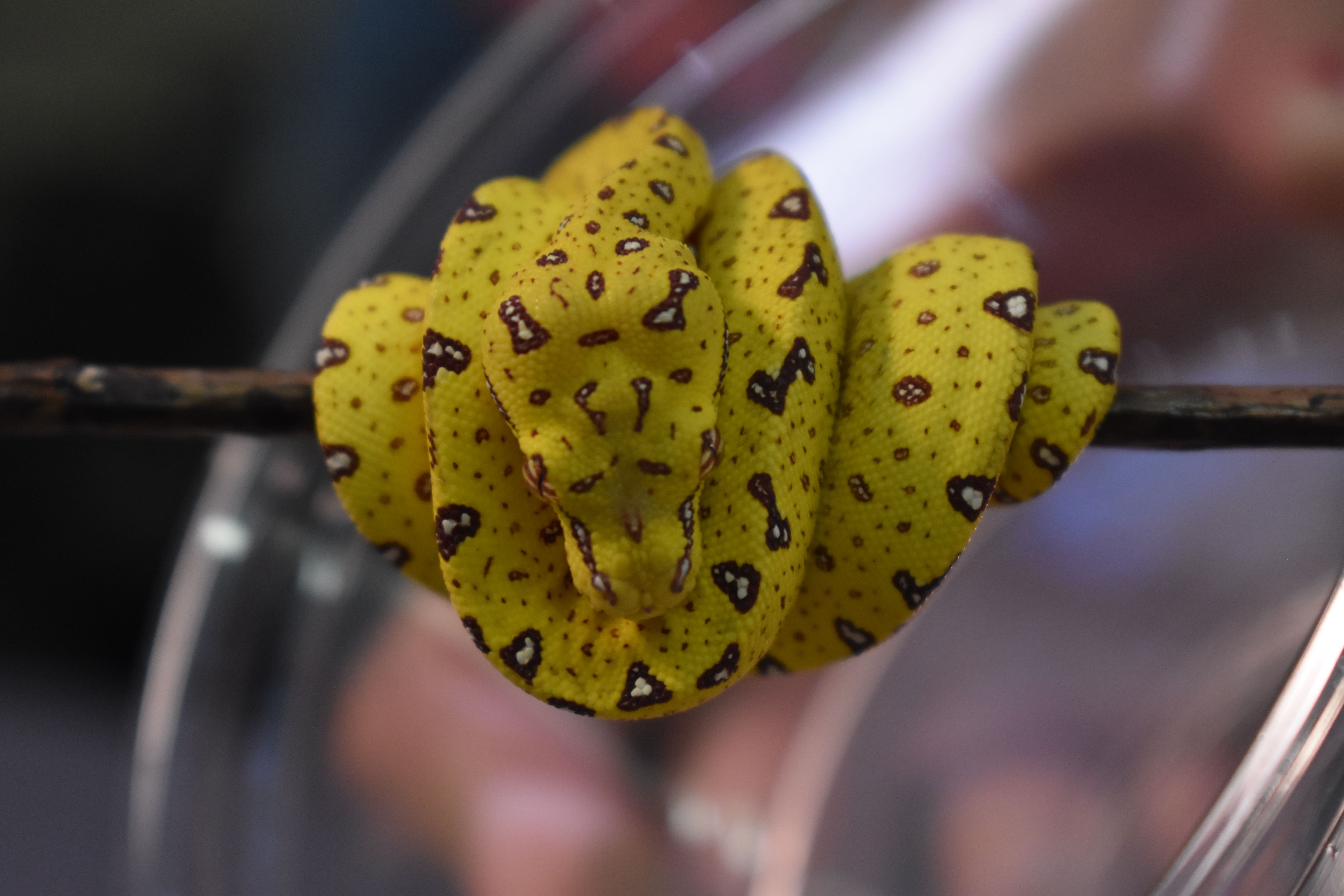In their new study, Adam Toomes et al. discuss what are the drivers and problems of the exotic pet trade, and how we can make pet trade regulations more effective.
Most people associate the word ‘pet’ with domesticated animals like cats and dogs, yet more exotic options such as ornamental rainbowfish, venomous snakes and rare parrots are becoming increasingly popular. With the modern advent of the internet and particularly social media as a means of commerce, the trade of exotic (non-domesticated) pets is proliferating rapidly.
This trade is particularly concerning to researchers because, when poorly managed or unregulated, it can drive multiple concurrent biosecurity and conservation threats. For example, trade may incentivise the wild harvest of threatened populations, provide a vector for novel pathogens, and facilitate the introduction of invasive alien species. Understanding which species are desirable as pets is therefore an important step in predicting and ultimately preventing trade-based impacts.
To this end, we investigated which life-history traits may influence the desirability of a species to a potential buyer, and whether particular socioeconomic attributes are associated with traders.

To conduct our analysis, we required high-quality sources of data for pets, owners and trade dynamics for a particular market and customer base. Unfortunately, most exotic pet trade takes place without formal or consistent documentation, and the possession of exotic pets does not necessarily require a permit depending on the species and country of trade. Fortunately, the South Australian Department for the Environment and Water is collecting this information. They shared their anonymised data with us, including quantity of exotic pets possessed, bred, sold, and escaped over a 2.5-year period in the State of South Australia for almost 600 species.
Given the complex, interconnected drivers of wildlife trade, we used a Structural Equation Modelling approach to account for both direct and indirect effects of traits and socioeconomic attributes on trade dynamics. Crucially, we also accounted for the permit regulatory status of each species (i.e., whether a permit is easy or difficult to acquire for each species).
Our most intuitive finding was also our most concerning: the quantity of individual pets that escape captivity increases as more pets are possessed (even after accounting for other traits). From well-known invasion biology principles, the risk of invasive alien species establishment increases as more individuals are released (or escaped) into the wild. From our results, this means that the more popular a pet becomes outside of its native range, the more likely it is to adversely impact new ecosystems and economies.
Fortunately, we found that pets subject to more stringent regulations (i.e., pets that require more specialised permits) were possessed, sold and escaped in lower quantities. This highlights the valuable role that regulatory systems play in reducing the biosecurity risks of pet trade, despite the presence of traits that make species popular to buyers or make them more prone to escape (for example, larger-bodied reptiles were significantly more likely to escape captivity).

While our findings show the valuable role played by regulatory systems in reducing threats, we call to attention two underlying issues currently preventing such systems from being implemented in the most effective manner possible:
Firstly, these systems are not applied consistently between jurisdictions or between taxa. For example, while South Australia’s regulation of native non-domesticated pets is highly commendable, the trade of non-native ornamental fish occurs in a largely undocumented manner. This problem is even greater when contrasted among different countries.
We recommend that systems such as South Australia’s are piloted for broader application across a greater number of taxa and jurisdictions, noting that the need to regulate different species will depend on the relative biosecurity, conservation, animal welfare, and economic priorities of each jurisdiction.
Secondly, there is no consistent method of deciding whether a given species belongs to a stringent versus relaxed permit category. Moreover, the definitions that divide these categories are rarely synonymous between jurisdictions. This may lead to adverse gaps in regulation, for example if a country strongly regulates the trade of highly-invasive species yet allows the trade of threatened species to continue unabated. As such, we recommend that a unifying framework is developed to allow relevant national and regional government agencies to develop consistent permit criteria. These criteria could leverage already-existing data (e.g., IUCN status) to rapidly categorise a species based on its demand of care, invasive potential, threat status, and recent trade popularity.
We urgently need to acquire data for a wider diversity of contexts in order to be confident that the relationships we identified are global and not limited to South Australia. Nonetheless, we believe that we have provided a useful foundation for investigating the interrelationships between pets, owners and trade dynamics, with the ultimate aim of untangling the complex drivers of an emergent threatening process.
Read the full article Drivers of the Australian native pet trade: The role of species traits, socioeconomic attributes and regulatory systems in Journal of Applied Ecology

One thought on “Drivers of the Australian native pet trade: The role of species traits, socioeconomic attributes and regulatory systems”